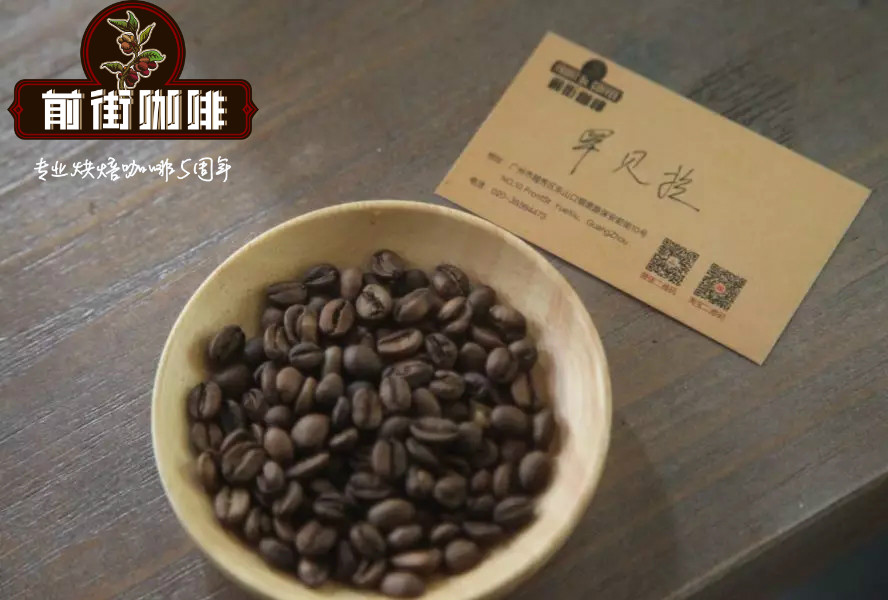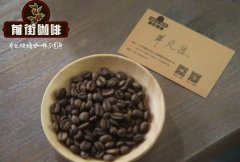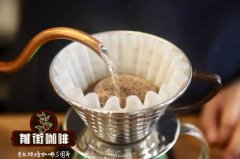Is the Sidamo producing area of Ethiopia the same as the Guji producing area? Introduction of coffee in Guji producing area

Professional coffee knowledge exchange more coffee bean information please follow the coffee workshop (Wechat official account cafe_style)
Ethiopia, located in central Africa, is mainly a mountainous plateau, known as the "roof of Africa", with an average elevation of nearly 3000 meters. The East African Rift Valley runs through the whole territory from northeast to southwest. Eritrea, which was bordered by the Red Sea in the north, became a landlocked country after it voted for independence in 1993.
The Ethiopian administrative region is divided into four grades, the order from big to small is Region, Zone, woreda and kebele. Most of the names of raw coffee beans are named according to this rule. For example, Sakui, which is located in the southeast of Yejia Sheffield in the Sidamo producing area, belongs to Oromia Region → Guji Zone Guji → Shakisso woreda Shakiso → Hambella Hambela.
Guji Guji Zone was established as an independent production area by ECX (Ethiopia Commodity Exchange) in 2010 because of its superior geographical location and cup flavor. Shaqisuo is the most attractive micro-producing area in the Guji producing area, which is located southeast of Yega Snow, with an average elevation of more than 1800 meters above sea level.
Guji producing area is a producing area that has attracted much attention in recent years, and it has made good achievements in flavor display and quality in recent years. The Guji production area once belonged to the Sidamo production area, but it has been independent into a new production area by the Ethiopian Commodity Exchange (ECX) in 2010.
The Guji region, located in the southeast of Yegashefi, is adjacent to the Sidamo and Gaide areas. It is an area with complex topographical changes such as towering mountains, highlands, plateaus, valleys and plains.
The geology of this area belongs to the nutrient-rich black soil (Vertisol), the depth of the soil is nearly two meters, and the average elevation is more than 1800 meters. The significant temperature difference between day and night created by geographical characteristics makes the local area have various local conditions for producing high-quality coffee.
The biggest advantage of this place is that the soil vitality is maintained through the circulation of natural organic matter, using the withered leaves or litter of surrounding trees, plant residual roots and so on as natural fertilizer.
END
Important Notice :
前街咖啡 FrontStreet Coffee has moved to new addredd:
FrontStreet Coffee Address: 315,Donghua East Road,GuangZhou
Tel:020 38364473
- Prev

Introduction to the Flavor characteristics of low temperature and slow Sun-cured Coffee in Humbela Village, Guji producing area of Ethiopia
Professional coffee knowledge exchange more coffee bean information please follow the coffee workshop (Wechat official account cafe_style) GUJIHambelaBukuAbel Humbelabuku production area: Gujimbela altitude: 2050 meters treatment: low temperature slow sun grade: G1 varieties: local original
- Next

What is the best coffee in Venezuela? How do you make Venezuelan caf é guayoyo coffee?
More information about coffee beans Please follow the Coffee Workshop (official Wechat account cafe_style) although Venezuela introduced coffee trees from Martinique in 1730, but at the height of the oil industry, coffee production was almost abandoned. Fortunately, coffee cultivation has begun to recover recently, and the original Typica and Borubon coffee plantations are coffee.
Related
- Detailed explanation of Jadeite planting Land in Panamanian Jadeite Manor introduction to the grading system of Jadeite competitive bidding, Red bid, Green bid and Rose Summer
- Story of Coffee planting in Brenka region of Costa Rica Stonehenge Manor anaerobic heavy honey treatment of flavor mouth
- What's on the barrel of Blue Mountain Coffee beans?
- Can American coffee also pull flowers? How to use hot American style to pull out a good-looking pattern?
- Can you make a cold extract with coffee beans? What is the right proportion for cold-extracted coffee formula?
- Indonesian PWN Gold Mandrine Coffee Origin Features Flavor How to Chong? Mandolin coffee is American.
- A brief introduction to the flavor characteristics of Brazilian yellow bourbon coffee beans
- What is the effect of different water quality on the flavor of cold-extracted coffee? What kind of water is best for brewing coffee?
- Why do you think of Rose Summer whenever you mention Panamanian coffee?
- Introduction to the characteristics of authentic blue mountain coffee bean producing areas? What is the CIB Coffee Authority in Jamaica?

